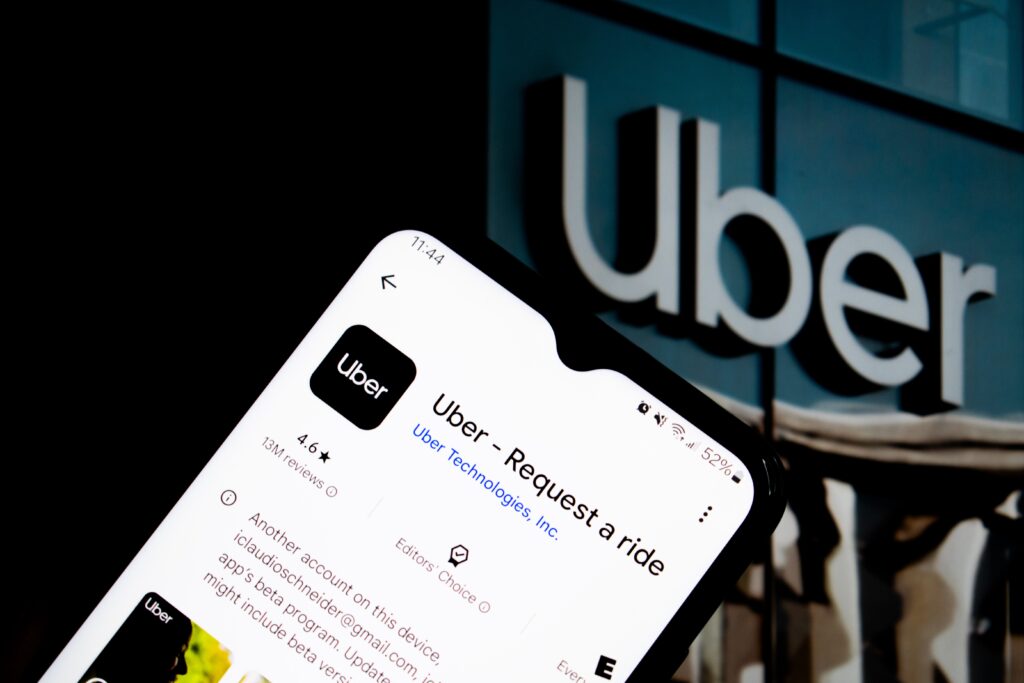Uber ended 2024 with its strongest quarter ever, posting 20% year-over-year revenue growth of $12 billion in Q4 – due in no small part to Uber Advertising.
Since launching in 2022, Uber’s advertising business has grown significantly.
But “building a business inside a business” isn’t easy, said Megan Ramm, head of the Americas for Uber Advertising.
Although Uber Advertising was growing rapidly, its ad sales process was manual and fragmented. Customer data was stored across multiple systems, and it was hard to keep up with advertiser demand.
Uber had already been working with Accenture Song, a tech-powered creative group within Accenture, across various parts of its business. After the advertising division was established, Uber quickly expanded the relationship and enlisted Accenture Song’s help in streamlining the new business.
When Accenture first stepped in, “a lot of the sales time was being used in ways that weren’t directly focused on the client,” Matthew Corbin, Accenture Song’s global growth lead, told AdExchanger.
But by automating processes like billing, booking and campaign measurement, Corbin said, Accenture Song has been able to clear the road for growth.
Automation over administration
Uber Advertising first started operating in a handful of countries, including the US, Canada, Japan, Taiwan, Australia and several within the Latin America region.
Its advertising clients were limited at first to restaurants, but soon grew to include consumer packaged goods, retail marketers and nonendemic advertisers outside of the Uber and Uber Eats ecosystem.
Working in so many different markets and with “a wide array of advertisers with very specialized and disparate needs” can cause operational inefficiencies, Ramm said.
Ramm estimates that account management and administrative duties previously took roughly 50% to 60% of the sales team’s time. Now, she said, it’s been “drastically reduced” to under 50%.
Using Salesforce Media Cloud, along with some of Uber’s internal generative AI tools and proprietary technology, Accenture Song helped Uber’s advertising business move or automate more than 100 different processes – including billing, campaign setup, optimization and reporting.
Introducing more automation has helped Uber Advertising increase the speed of its ad sales process by 70%. “Basically, every metric has improved,” Ramm said, from the number of active advertisers to the penetration of net new advertisers and new global markets.
Adding value to the end consumer
Now that the Uber Advertising workflow is more streamlined, the ad sales team can focus on shortening its “book-to-bill” ratio – meaning the amount of time between when a brand client begins a campaign and when that campaign generates revenue for Uber.
To personalize campaigns, Uber uses signals from the nearly 33 million average trips per day completed through its app, as well as location and purchase data from grocery stores, convenience stores and restaurants listed on Uber Eats. This data can be married with first-party data sets to help capture net new customers outside of a brand partner’s existing customer base.
Uber also does a lot of testing to make sure its personalized ads don’t come off as too creepy and favors “additive” ads like grocery store coupons, said Ramm.
Using a combination of relevant location data and practical value propositions, Uber can ensure that the personalized ads actually register with the user, rather than fading into the background.
“We all know that banner ads and noise dancing all over the place doesn’t work,” added Corbin. “So having experiences tied with data, and with really driving value to the end consumer, is critical.”













